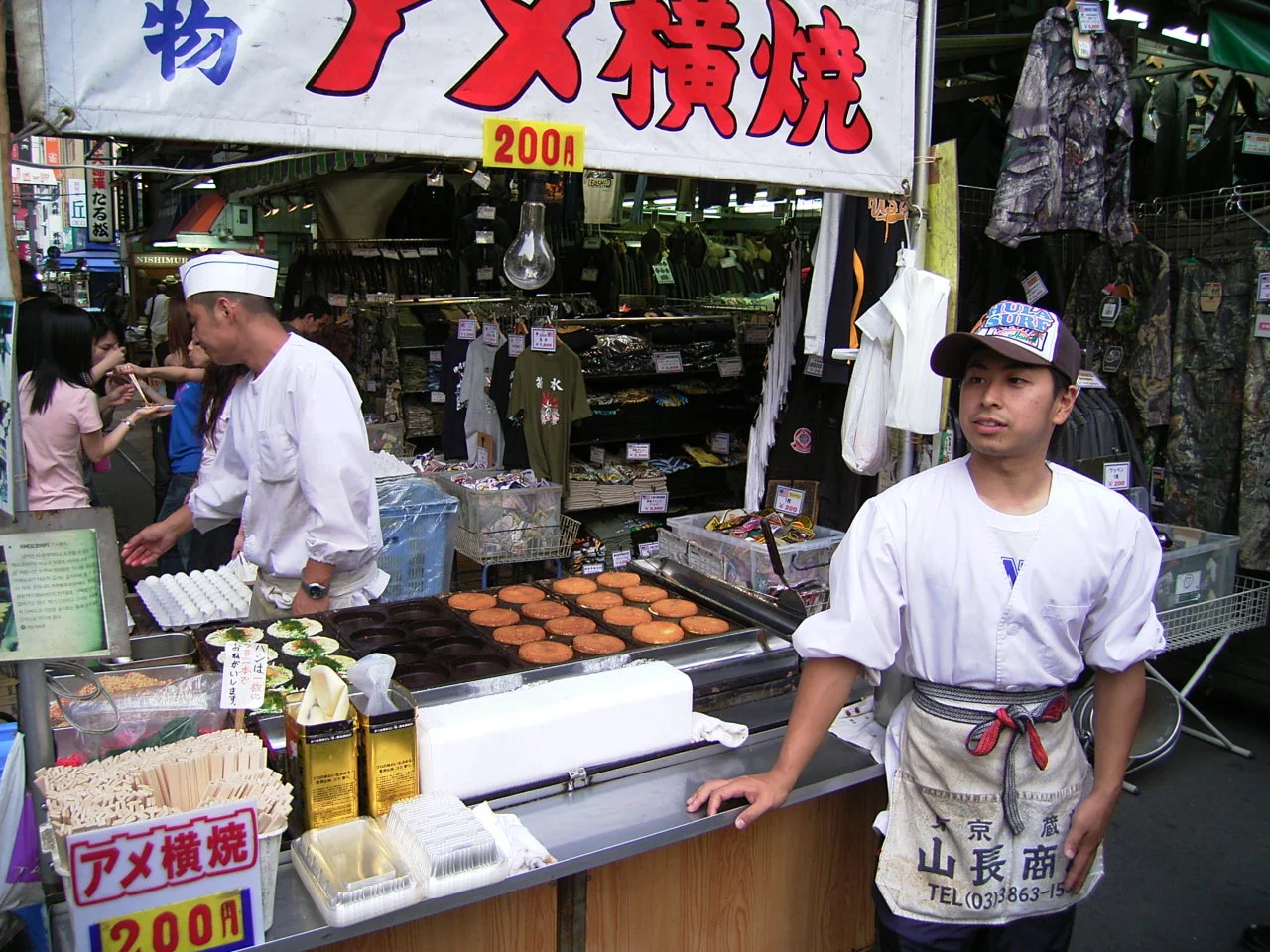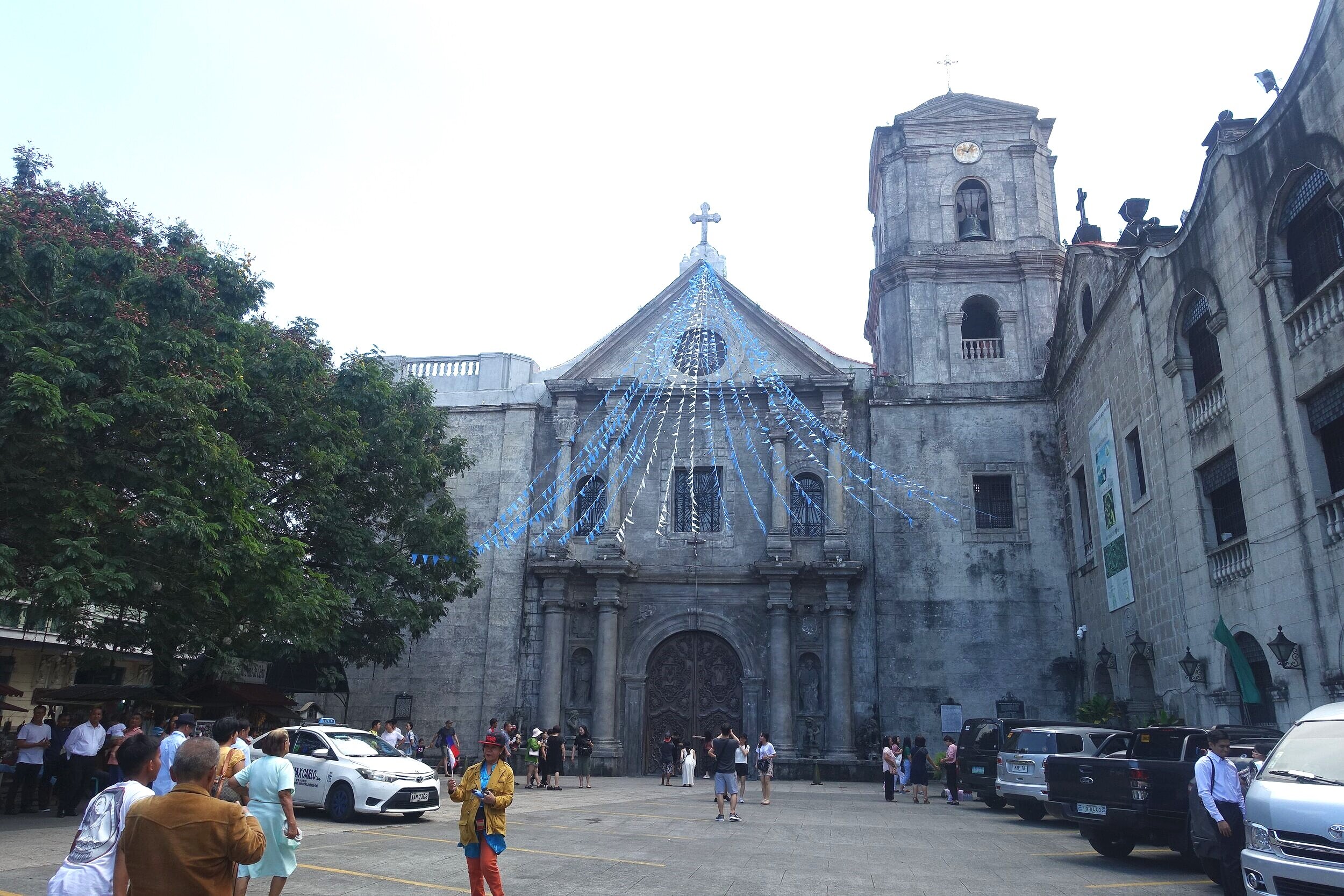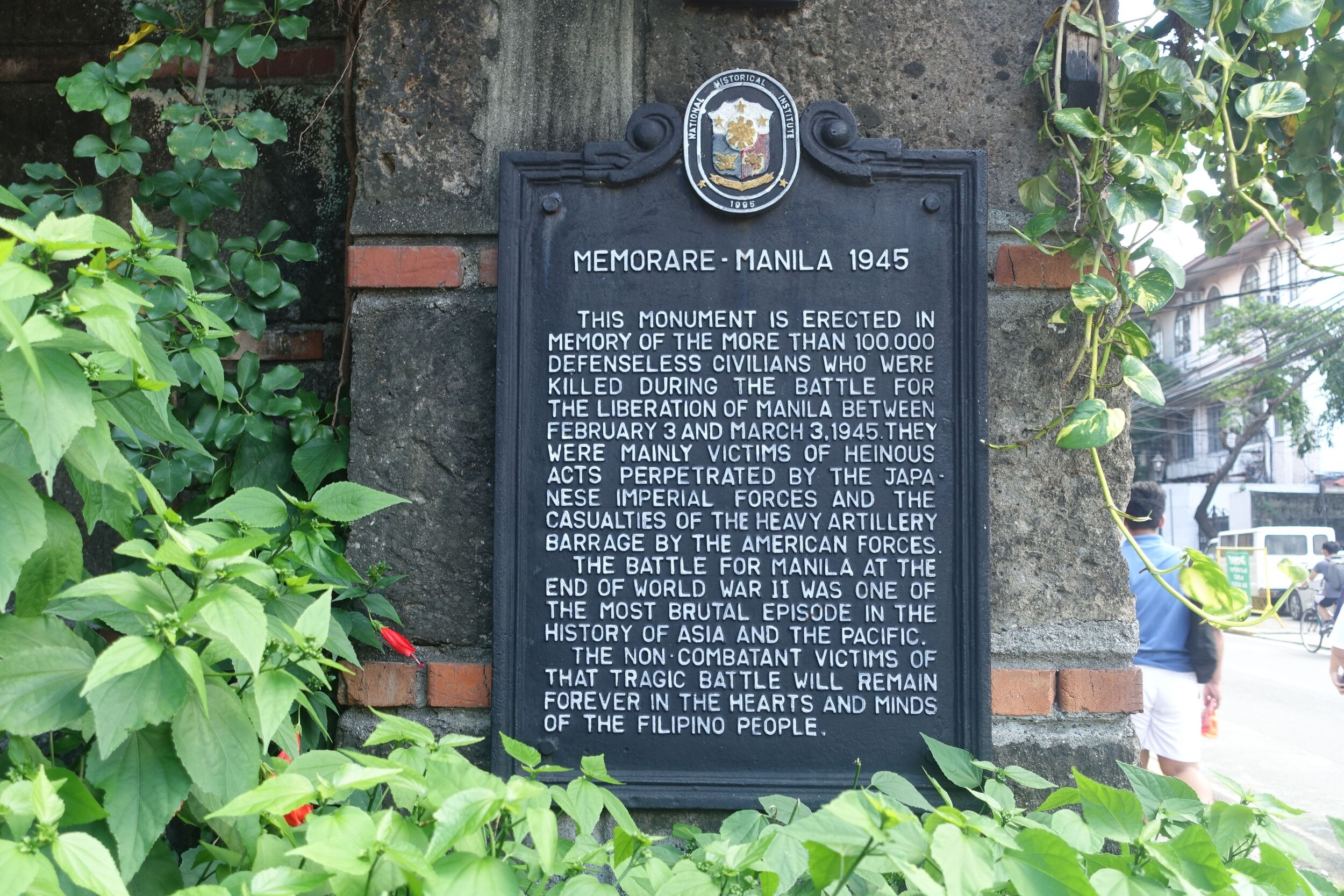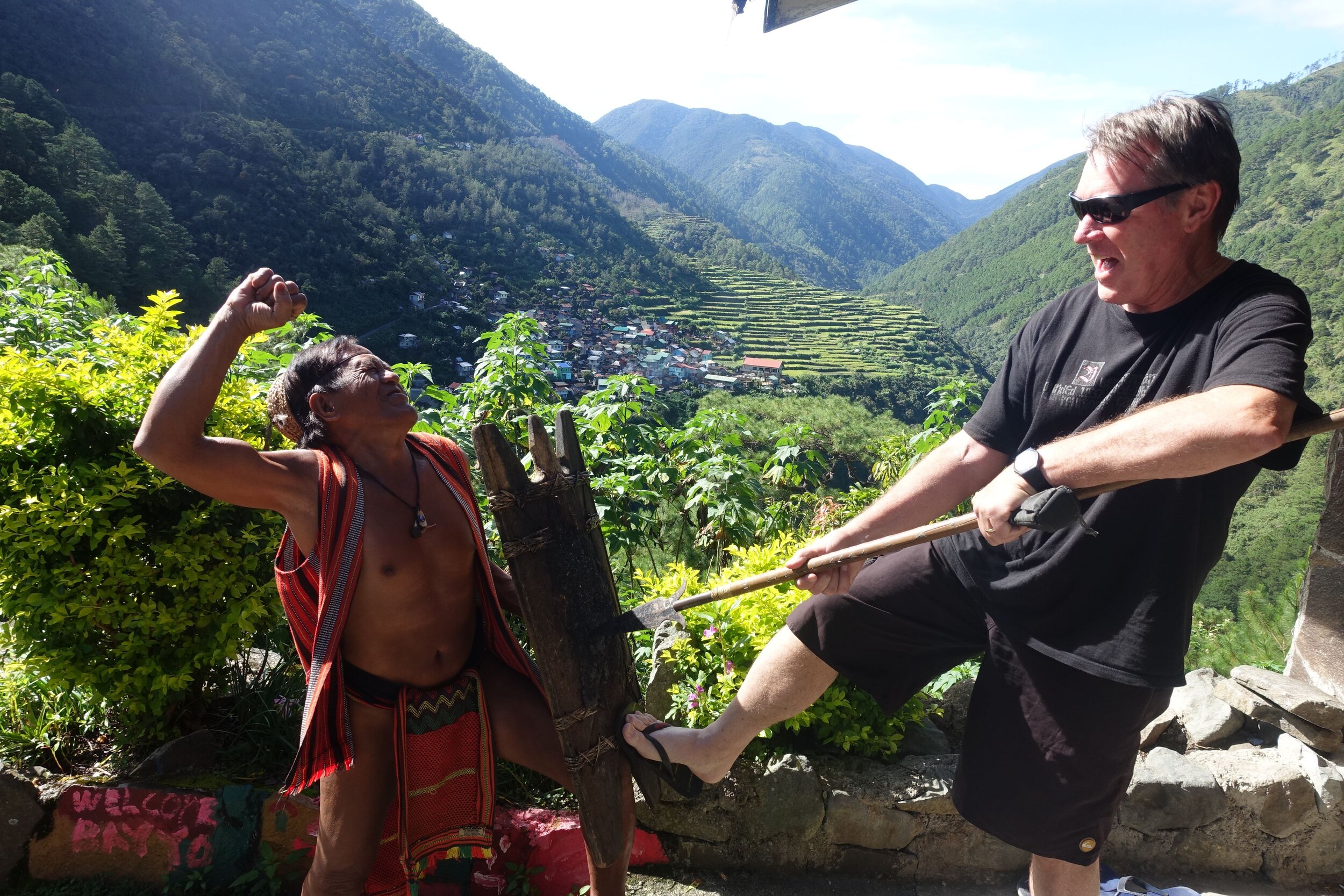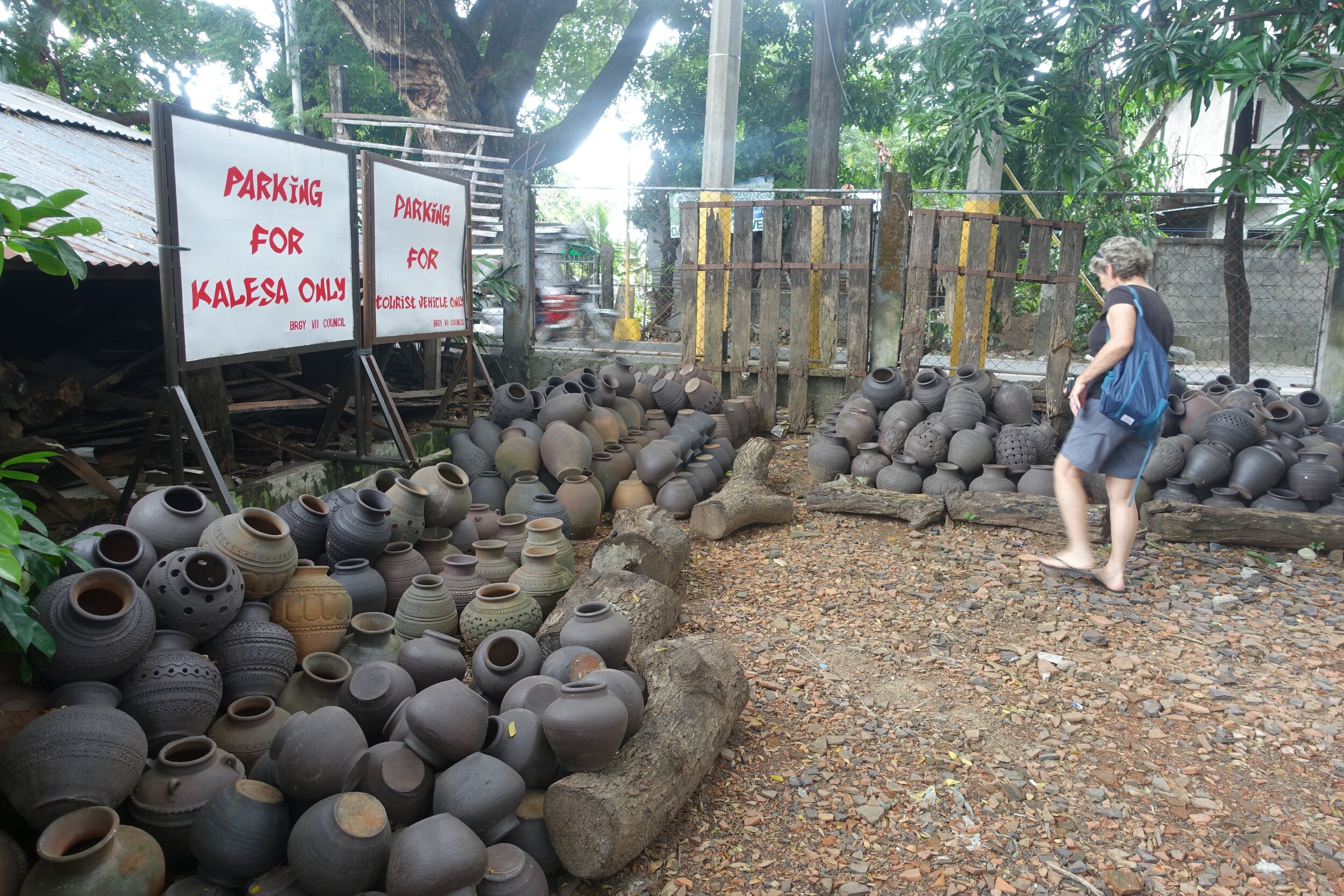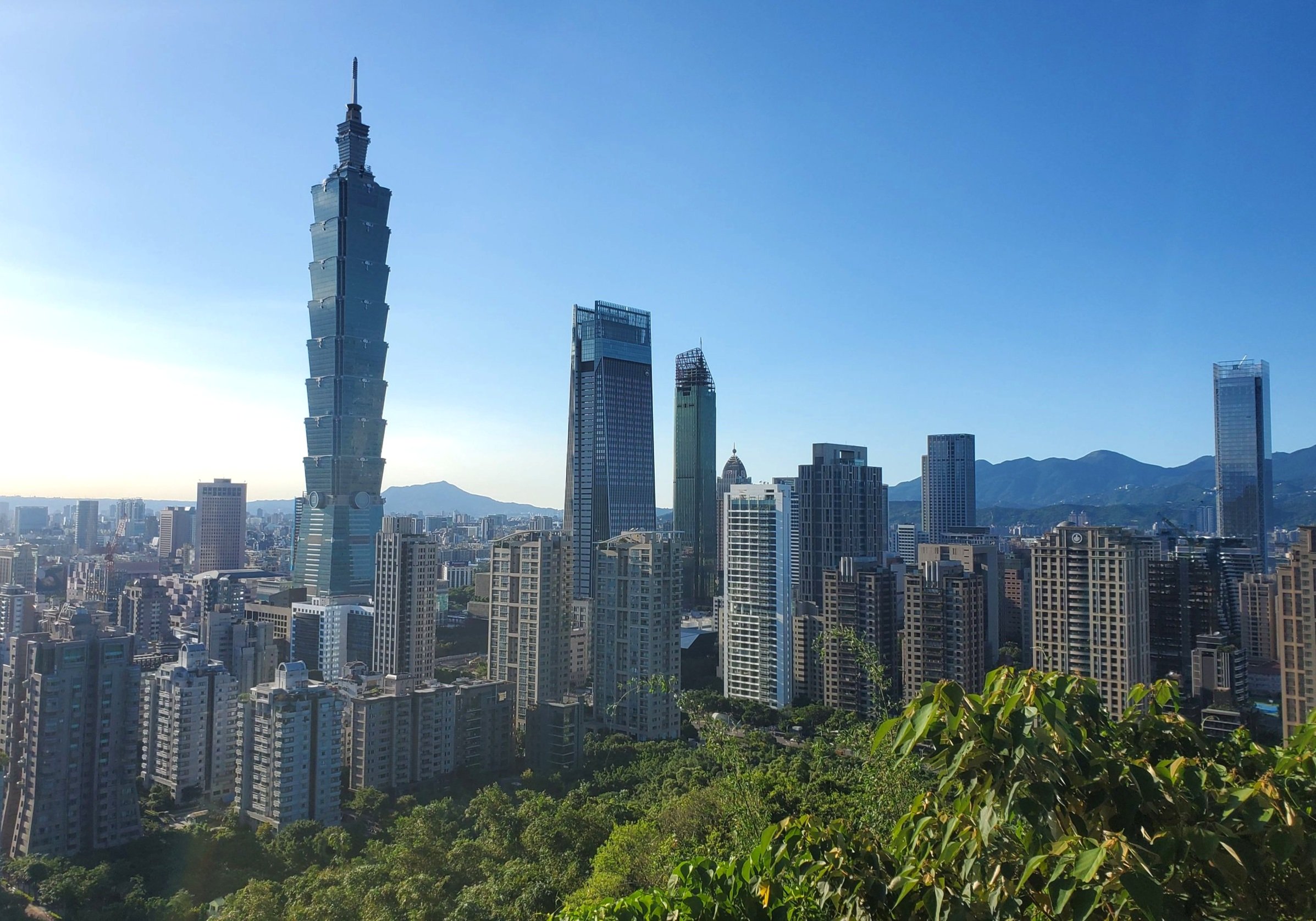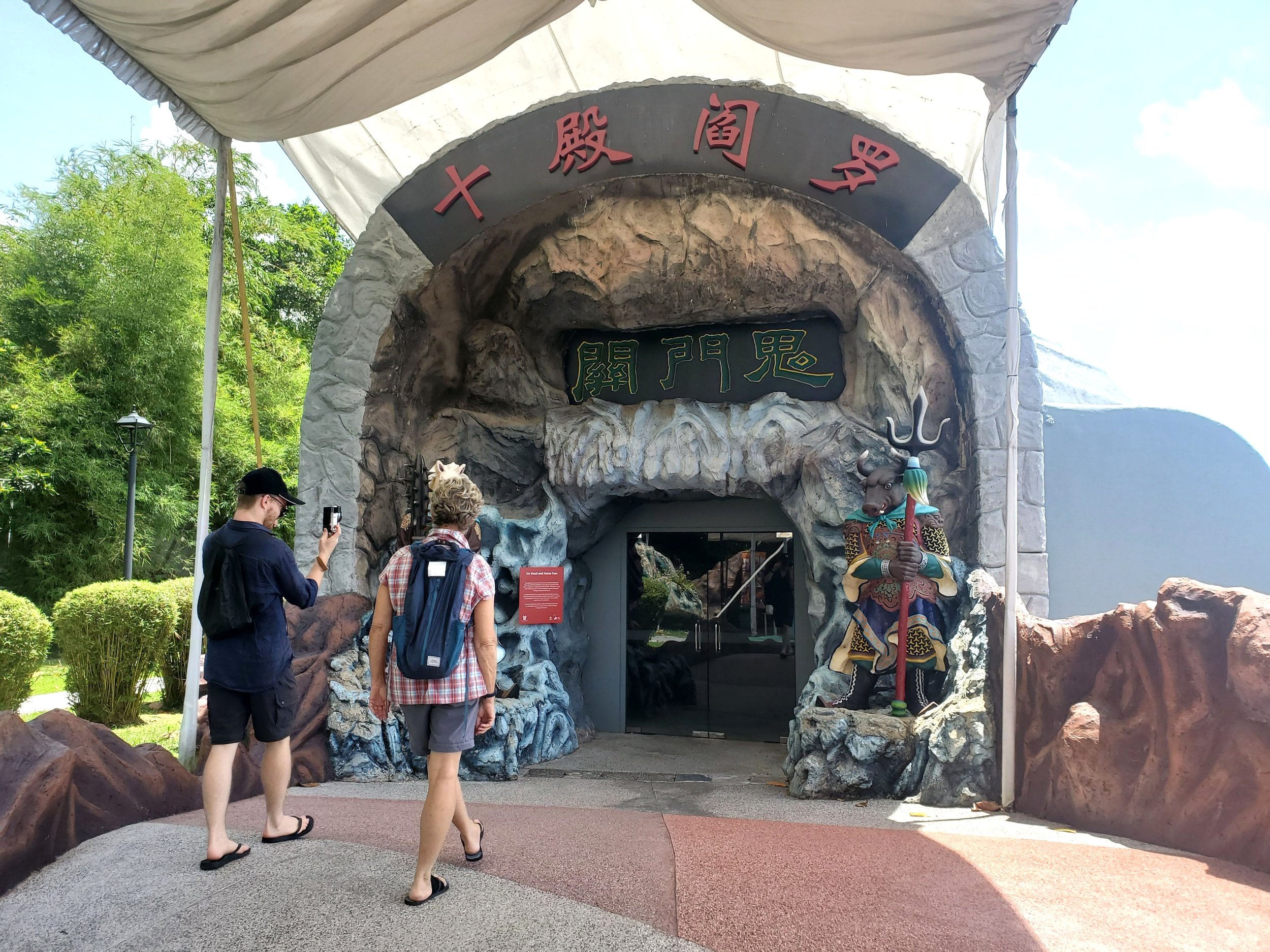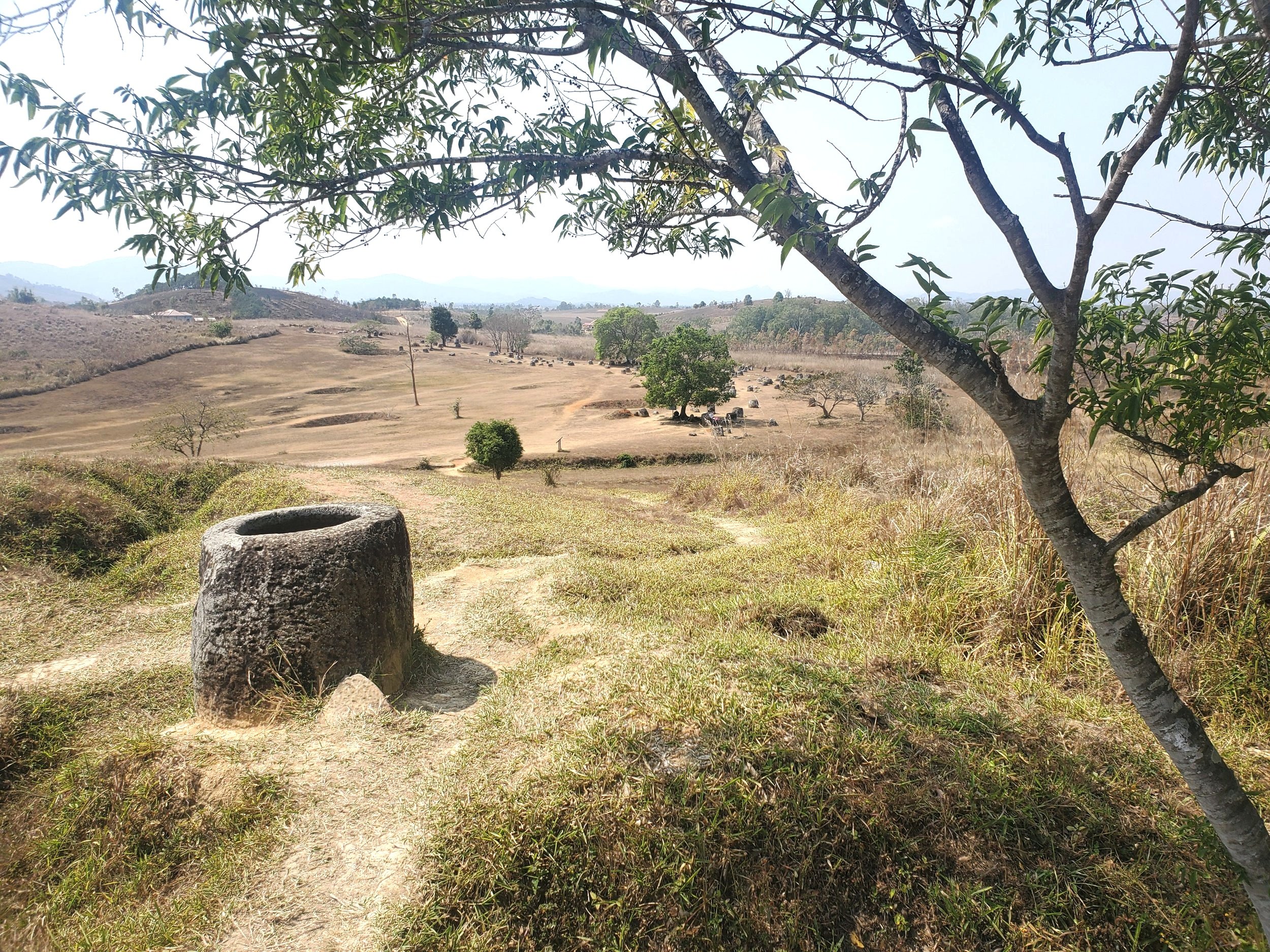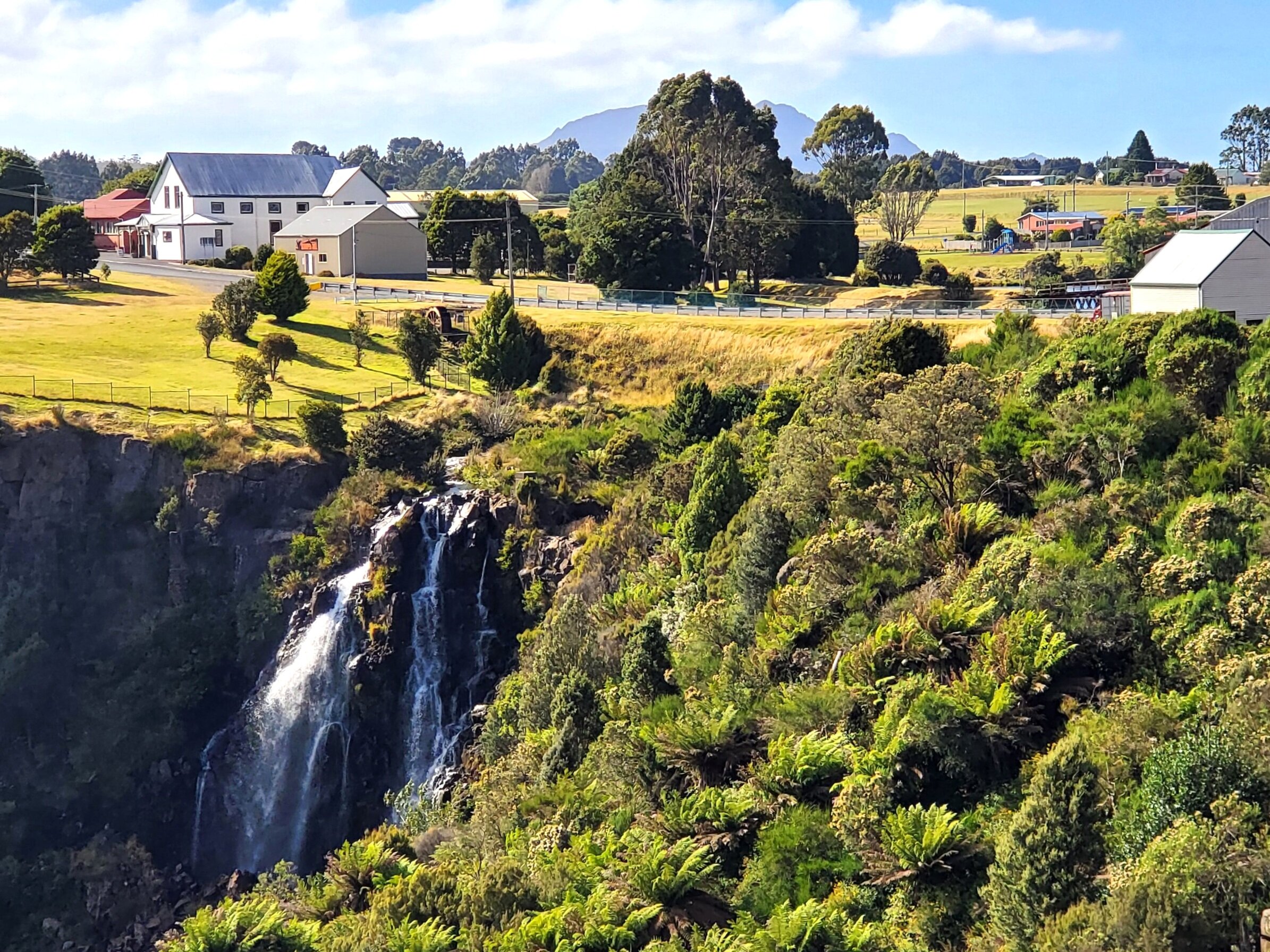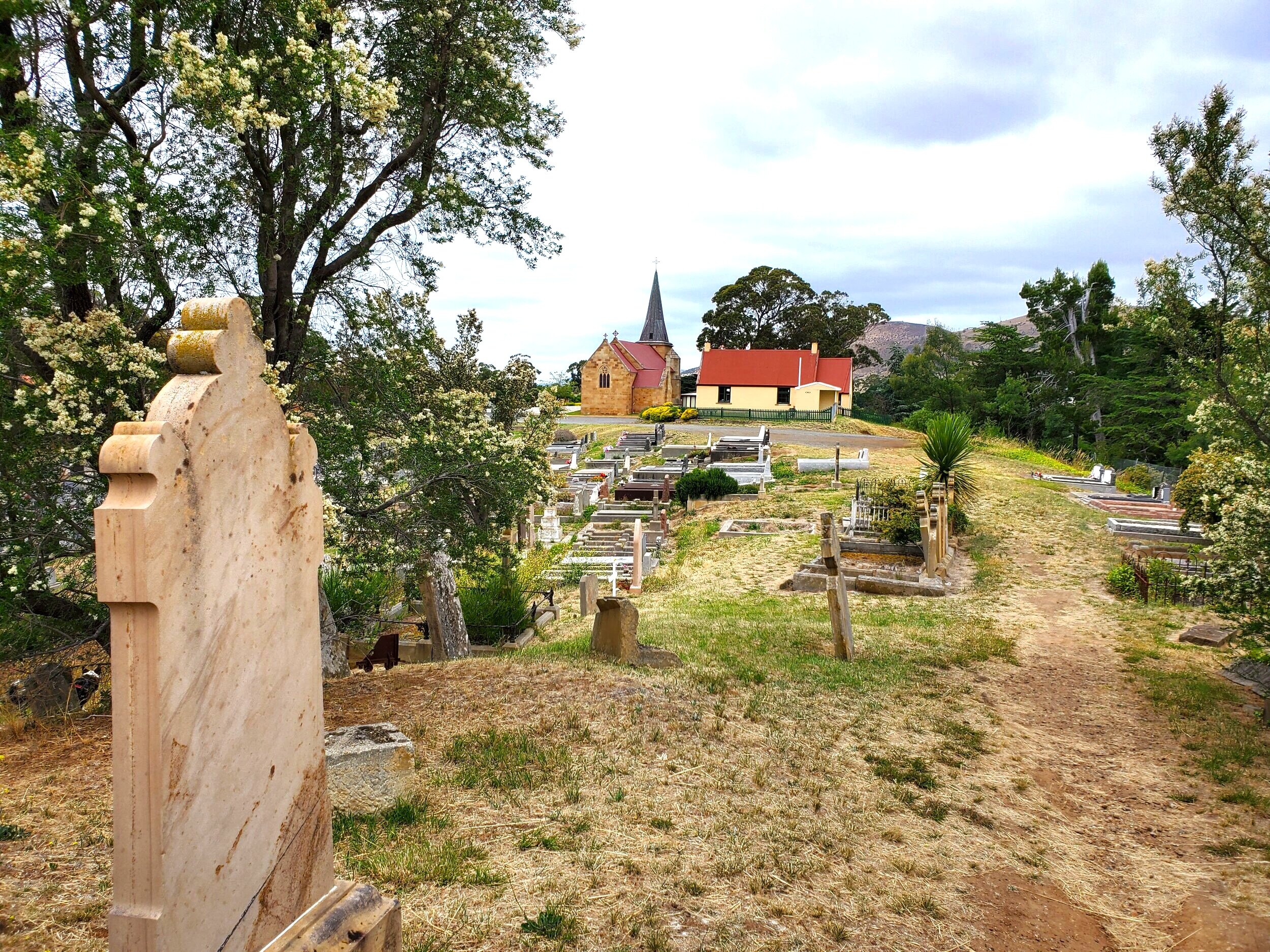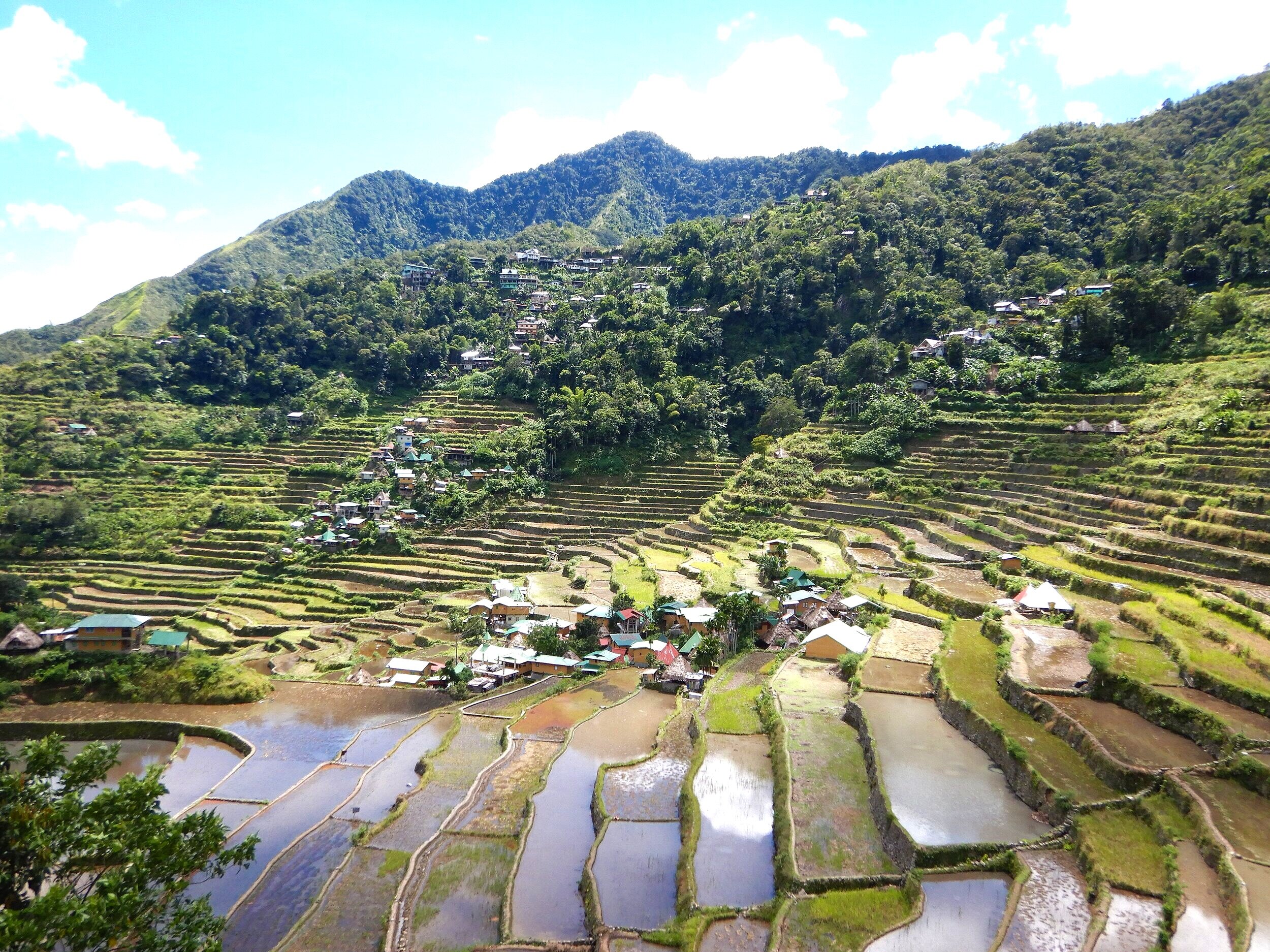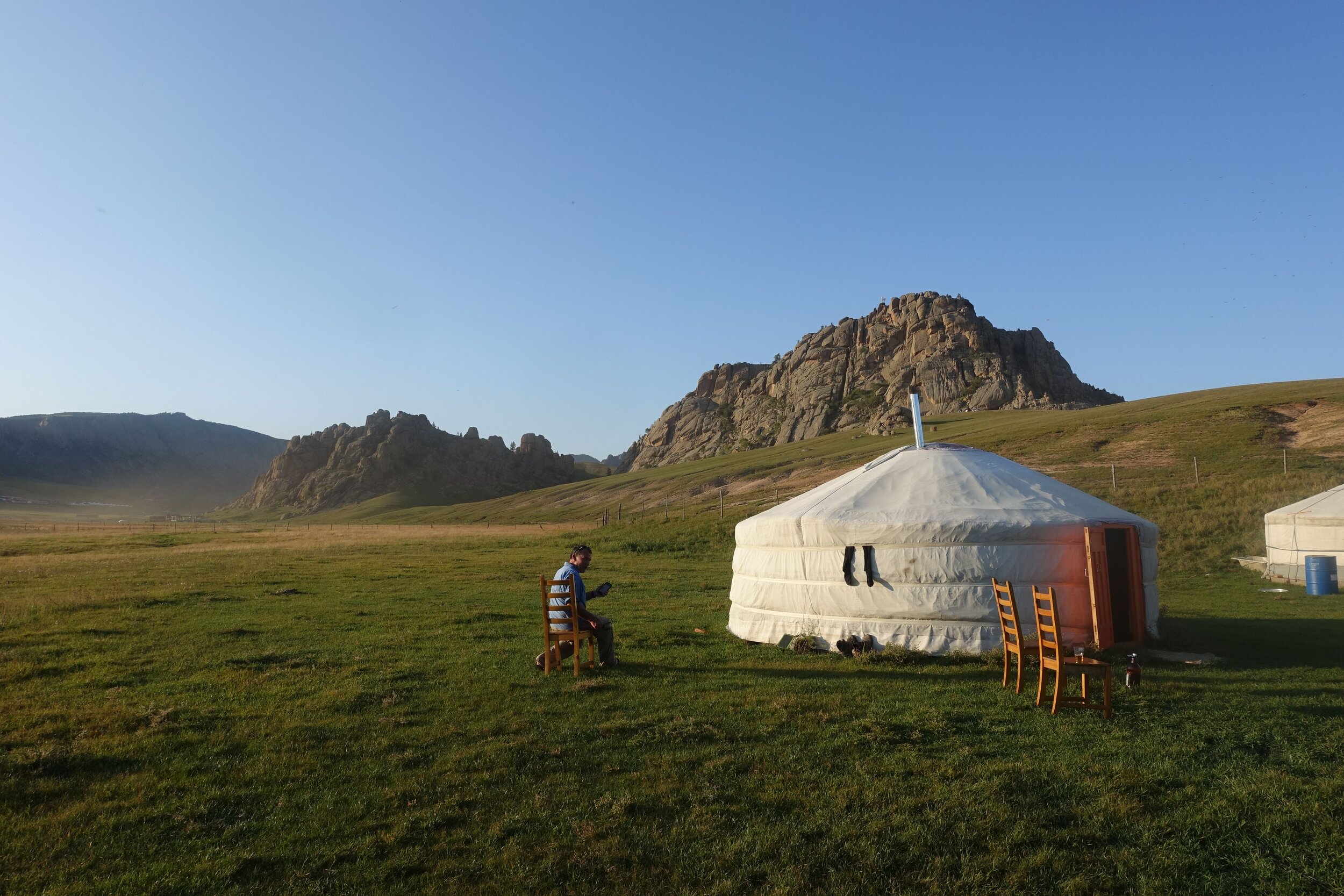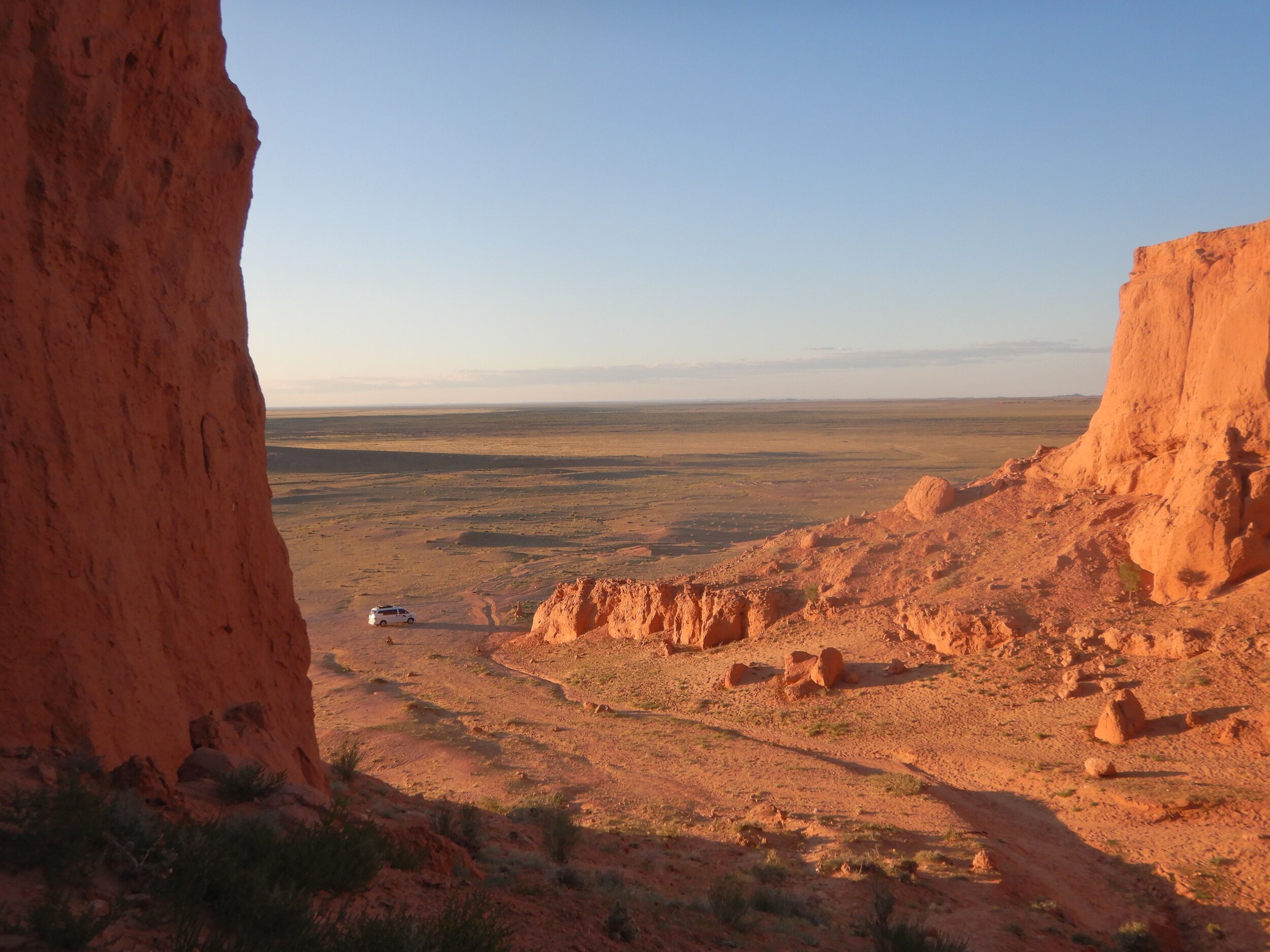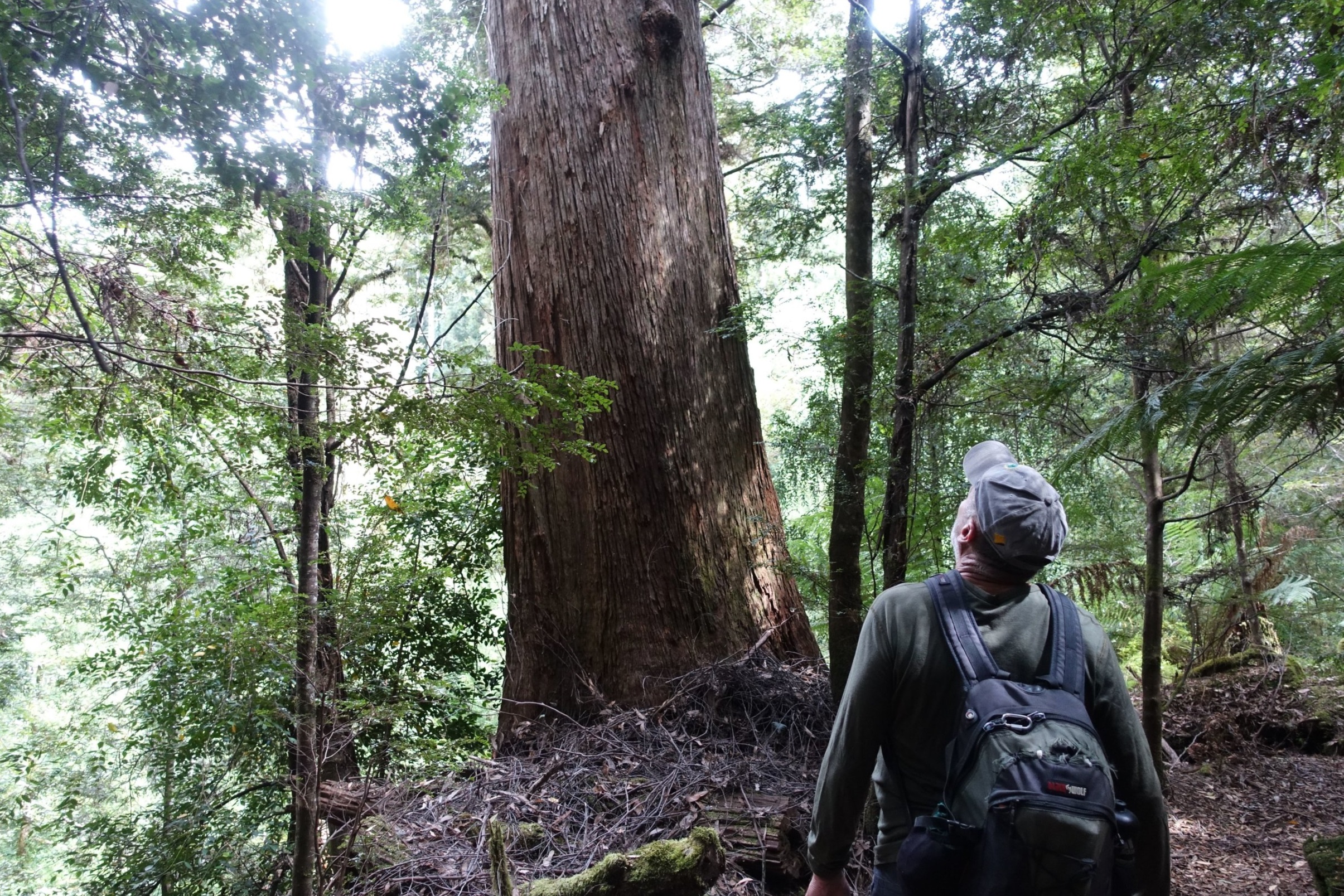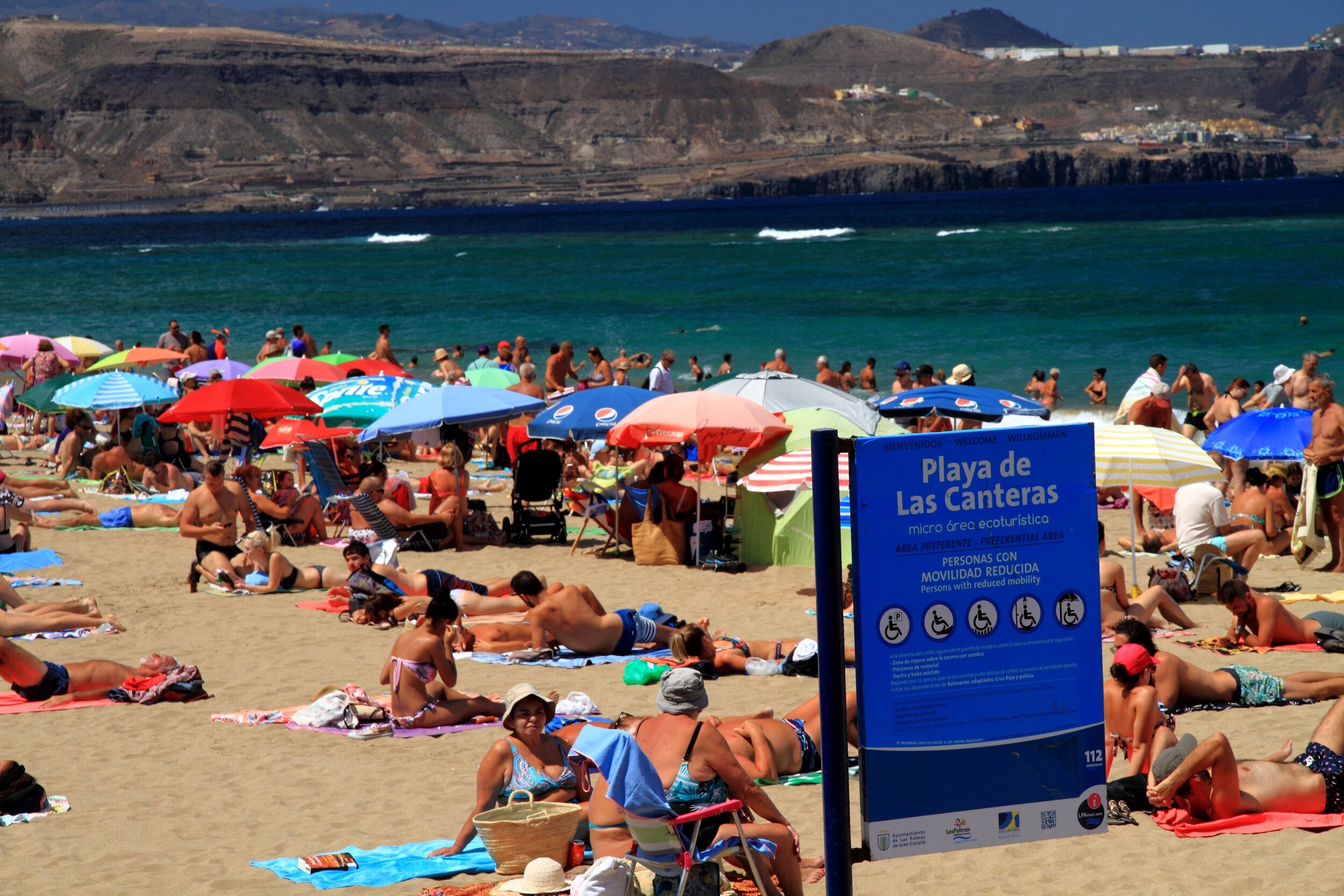Rice Terraces, Hanging Coffins and Kalesas - Northern Luzon Road Trip (Philippines)
/Introduction
We knew little about the Philippines before we decided to go for a visit. We’d been told that Manila was a big, congested city with an ugly reputation for sex tourism and best avoided. It also seemed to be a country with more than its fair share of natural disasters – with volcanic eruptions, typhoons and earthquakes all blighting it regularly. However, on a more positive note, we knew that some of their beach towns and islands were becoming popular with backpackers, particularly El Nido in Palawan. And there was bound to be more to the Philippines than the negative stuff.
the cordillera
A bit of research revealed that there was certainly much more to this country of over 100 million stretched across more than seven and a half thousand islands. In particular we were intrigued to learn about the 2,000 year old UNESCO World Heritage listed rice terraces of Northern Luzon, a few hundred kilometres to the north of Manila.
Banaue rice terraces
The rice terraces are in the Cordillera Mountains, which rise up to an impressive 2900 metres. Also in this region are extensive cave systems, a number of tribal groups with their own distinctive languages and cultures, and not far beyond the mountains is the city of Vigan, which is on UNESCO’s World Heritage list and is considered Asia’s best preserved site of buildings and history from 300 years of Spanish Colonial rule.
historical vigan
We decided that Northern Luzon was where we wanted to go for a Filipino experience that wasn’t just about sitting on a beach (though we did end up doing that too).
el nido
After checking out public and private options for travelling to the region, we settled on using a local tour company, Tourist Drive Manila (TDM). They were offering a neat 5 day package to Northern Luzon that included all the sights we wanted to see. They provide the vehicle, driver, and organise all the accommodation and local guides at each spot. This suited us as we had limited time and were happy to leave it all to TDM who had excellent reviews on TripAdvisor (see endnote for more details on TDM).
public jeepney
By the way you might be wondering about the title of this post. You’re no doubt familiar with rice terracing, but what are hanging coffins and kalesas? You’ll need to read on to find out.
Manila
We arrived in Manila 36 hours before our pickup from TDM to commence our trip, which gave us two nights and a full day to have a look around the city.
on the walls of fort santiago
Of most interest was the historical quarter of Intramuros, which means “inside the walls”. This walled area in downtown Manila dates back to its founding in 1571. The centrepiece of Intramuros is Fort Santiago.
entrance to fort santiago
It is surrounded by well kept, beautiful gardens.
the grounds inside fort santiago
While there we checked out the Rizal Shrine Museum. It tells the story of Filipino national hero Dr Jose Rizal, who was executed by the Spanish colonial rulers in 1896. The museum is the site of his incarceration while he was awaiting execution.
bust of jose rizal
The fort guards the entrance to the Pasig River.
pasig river from fort santiago
Also, in the Intramuros precinct is the Philippines’ oldest church San Augustin which was built between 1587 and 1606.
san Augustin church
It was the only building left intact in Intramuros after the devastation of World War 2. Much restoration has been required for the rest of the historic quarter.
Adjacent to the church is Casa Manila, a reproduction of a Spanish colonial villa. It’s a good spot to escape the heat and humidity and grab a cold drink in the shade.
casa manila
Bizarrely, outside the walls of this important historic site is a golf course.
a golf course runs around the outside of the walls of intramuros
We also visited Rizal Park, the location of Rizal’s execution. This is also Manila’s main central park.
rizal park
Our visit to Intramuros was worthwhile, though a few hours is all that is needed.
Into the Mountains – Banaue and the Rice Terraces (Days 1 and 2)
Arnold from TDM arrived at 7.00am as planned and we headed north out of Manila towards the Cordillera at 7.30am. It was a long day’s drive with us arriving in the mountain town of Banaue around 4.30pm, a trip of 9 hours, including a couple of breaks. The length of the trip reinforced to us the value of having our own transport and driver. If we’d relied on public transport this would’ve involved an overnight bus ride from Manila lasting several hours more.
Banaue rice terraces
Banaue is perched on ridges at 1200 metres above sea level with a population of 21,000. The town is surrounded by some of the World Heritage rice terraces. Its terraces are mud-walled as opposed to most of the regions terraces which are stone-walled. This gives them a different look.
mud walled terraces of banaue
After our night at the pleasant Banaue Hotel we met our local guide Irene for our day at the rice terraces. We boarded our private jeepney and headed out of town towards our destination, the town of Batad around 12 kilometres away.
our jeepney
First, we stopped along the road to admire Banaue’s terraces.
rice terraces of banaue
Irene’s family still farm some of the terraces in Batad, and have done so for generations, so she was a perfect choice as guide.
Bayyo rice terraces - on the drive between Banaue and sagada
The road doesn’t go all the way to Batad but stops a kilometre or so short. The original plan had been to build a paved road all the way to the town but Batad locals were worried that if people could drive all the way to the town their terraces would just become a day tripper’s photo op, and few would bother to stay over at one of the town’s small, family-run guest houses that are so important to the local economy. So, they made sure that the road stopped short requiring visitors to walk the remaining distance if they wanted to see Batad’s terraces.
the path from road’s end to batad with a host of guesthouses to choose from
Having disembarked from our jeepney at road’s end we walked first to the entrance where you pay a modest fee, then another 15 or so minutes’ walk to Batad.
paying the entrance fee
The views on arrival at the ridge overlooking the town were stunning.
the view of batad
The 2000 year old stone terraces are recorded as having been built by the Chinese, though the people today of the Cordillera are a number of different tribes known collectively as the Igorot. They each have their own languages, customs and culture which are different to the lowland Filipinos.
The terraces of Batad occupy a huge amphitheatre in the valley.
From the ridge above the town we made our way down through the terraces on narrow paths and along stone walls.
Irene explained to us the different phases of rice growing, which varied in timing from place to place across the region depending primarily on elevation. In Batad at that time (October 2019) it was the post-harvest clean up phase, so it wasn’t as green as when in the full growing season.
There are many different varieties of rice.
From the bottom level of the town a path continued down the mountain.
This led to Tappiyah Falls.
A beautiful spot where we had a welcome cooling off swim.
It was then back to the terraces and we ascended back to the high point of the town via a different path, providing more varied views of the rice paddies.
We stopped for lunch at Irene’s small family restaurant where we could continue to take in the spectacular landscape.
view from the restaurant
It was then back to our jeepney and return to Banaue. It was an excellent day and Irene was knowledgeable and good company.
batad
Sagada – Hanging Coffins and Spelunking (Day 3)
After breakfast we started our drive to what’s considered the Cordillera’s premier backpacker haunt – Sagada. Along the way we stopped numerous times to admire more terraces. We also participated in a bit of tourist kitsch where, for a few pesos, you can pretend to spear an old tribal warrior in his lap lap, who waits at one of the popular viewing spots for unsuspecting tourist. A re-enactment of the golden age of colonial slaughter of indigenous peoples no doubt.
Our route took us via the town of Bontoc where we visited the small museum. It had good information on Igorot culture and history, as well as some structures in a model village.
Interestingly, it was housed in the grounds of a school and we had to carefully thread our way through children in the playground to find a spot to park.
Sagada is higher than Banaue and Batad at 1500 metres. It’s often shrouded in mist.
sagada
On arrival we were introduced to our local guide Darwin. We began our time in Sagada with a visit to its famous hanging coffins. Some of the coffins are hundreds of years old while others are quite recent.
They are found all over Echo Valley. Some are difficult to spot as they have aged and blended in with the rock face.
there are several coffins in this shot. Can you see them?
Fortunately, access by tourists is carefully managed to avoid interference with the coffins and offence to the local Igorot people.
After lunch at a vegan restaurant called Gaia we headed off for what we were told would be a spot of spelunking aka cave exploration. This involved Darwin carrying a kerosene lamp on his head as we descended into a massive cave.
Darwin firing up the kerosene lamp
Steps led from the entrance down a steep grade for a 150 metres until it levelled out a bit. Once the steps finished, we made our way through the cave without structured paths or fixed lighting. We only had Darwin’s lamp and our own headtorches (we’d been advised to bring them) to light the way. This added positively to the whole atmosphere of the experience.
there were steps for the first 150 metres leading down into the cave
It’s hard to describe what it was like walking through a vast cave, dominated by the sound of the cave’s stream, and with such modest lighting to show the way. Different features were highlighted by Darwin’s lamp. In places we were required to wade through thigh deep water. We encountered some small but spectacular underground waterfalls as we carefully negotiated our way through the cave. In one part we needed to use a rudimentary rope ladder.
darwin on the rope ladder
It was really quite wonderful, far better than we’d expected, and the lack of modern cave infrastructure added to the experience. Darwin explained to us that it had been a conscious decision by the guides and other locals to keep the caves as natural as possible. Unfortunately, the few photos we took didn’t do it justice.
cave entrance
That night we stayed at the simple but comfortable St James Guesthouse, which was owned and run by the local church. It rained for a bit in the early evening and it was cool enough for us to put on a light fleece. All in all another great day.
Vigan - Colonials and Kalesas (Day 4)
From Sagada we drove along winding mountain roads, some very narrow and prone to landslides during heavy rain. We stopped occasionally to take in the impressive vistas thrown up regularly by the Cordillera.
on the road to vigan
Gradually we descended out of the mountains to the lowlands and to the coast of NW Luzon. Our destination was the city of Vigan (population 54,000) which has the Philippines best preserved examples of colonial architecture from the 300 years of Spanish colonial rule. The historical centre of Vigan is a UNESCO World Heritage Site.
Our guide for our afternoon tour of the city was Colin and his trusty stead Warrior. Our vehicle was a horse drawn carriage known as a kalesa which was ably pulled by Warrior.
colin and warrior
The historic central area around Crisologo Street is not huge. In this precinct only kalesas and pedestrians are allowed.
crisologo street
Colin and Warrior took us around the various sites for a couple of hours. One of the most impressive buildings was the church at Bantay, an adjacent suburb and short kalesa ride from the centre. This required us to travel along regular roads, but fortunately kalesas have right of way over motorised vehicles.
kalesas have right of way
Parts of the church date back to 1590.
Next to the church is the imposing Bantay Watchtower.
We also visited several local museums, including one housed in the old jail.
We also witnessed pottery making for which Vigan is renowned.
Beyond the formal tour it was interesting to walk the streets of the World Heritage part of the city and take in the atmosphere. The colonial period was an aspect of the Philippines we really knew little about prior to going.
Conclusion – Vigan to Manila (Day 5)
We left in the morning to start the long trip back to Manila. We stopped to check out another colonial era church on the way. The drive was around 9 hours, so little time for much else on day five.
Even though this five day trip really only gave us three days of activities due to the long driving distances we felt that it was well worth it. We learned a lot, met some great people, and had some excellent experiences. We’re really pleased we did this trip.
Ken and Cally
End Note: On Tourist Drive Manila (TDM). We found Arnold, the owner operator of TDM, who we did the trip with, to be professional, knowledgeable, and reliable. TDM communicated very well with us in setting up the tour. The driving and guiding were first class. The accommodation that TDM chose for us was very good and all the local guides excellent. We happily recommend TDM to anyone considering travel in Luzon. Here is a link to their website.
PS: We gained no benefit from this endorsement – we were full cost customers of TDM.

